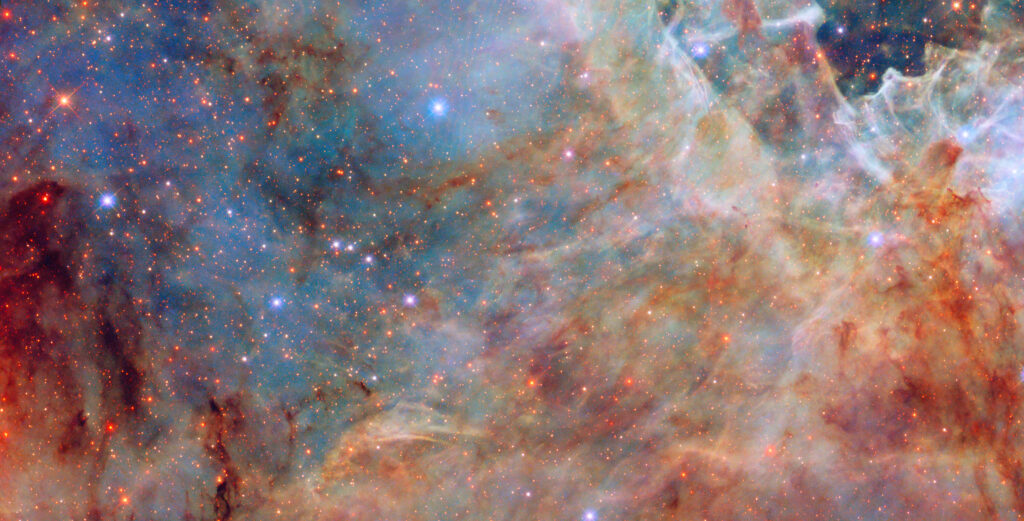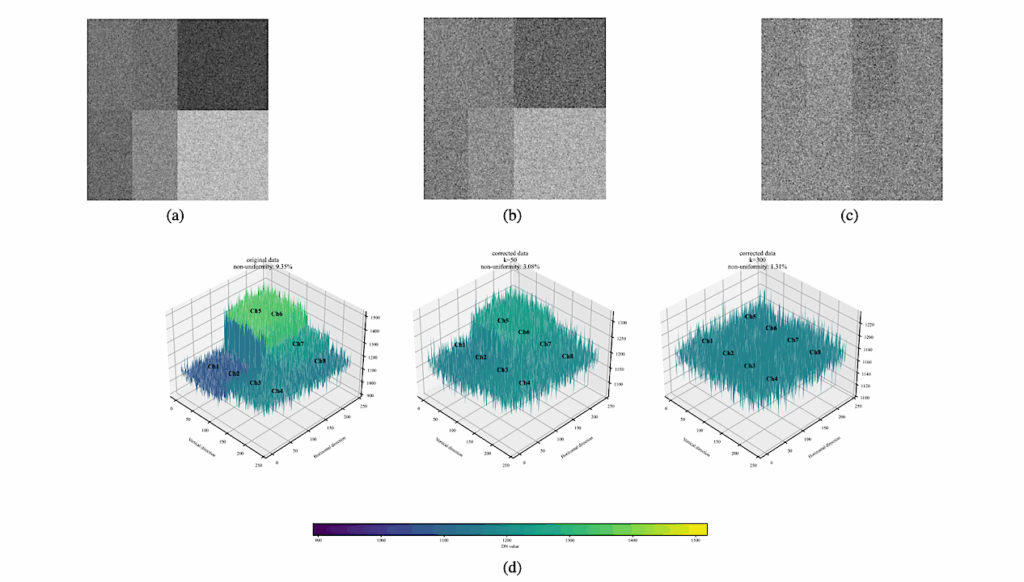Impacts of UV Radiation From An AGN On Planetary Atmospheres And Consequences For Galactic Habitability

We present a study of the effects of ultraviolet (UV) emission from active galactic nuclei (AGN) on the atmospheric composition of planets and potential impact on life. It is expected that all supermassive black holes, which reside at galactic centers, have gone through periods of high AGN activity in order to reach their current masses.
We examine potential damaging effects on lifeforms on planets with different atmosphere types and receiving different levels of AGN flux, using data on the sensitivity of various species’ cells to UV radiation to determine when radiation becomes “dangerous”. We also consider potential chemical changes to planetary atmospheres as a result of UV radiation from AGN, using the PALEO photochemical model.
We find the presence of sufficient initial oxygen (surface mixing ratio ≥10−3mol/mol) in the planet’s atmosphere allows a thicker ozone layer to form in response to AGN radiation, which reduces the level of dangerous UV radiation incident on the planetary surface from what it was in absence of an AGN.
We estimate the fraction of solar systems in galaxies that would be affected by AGN UV radiation, and find that the impact is most pronounced in compact galaxies such as “red nugget relics”, as compared to typical present-day ellipticals and spirals (using M87 and the Milky Way as examples).
Our work generally supports the Gaia hypothesis, where the development of life on a planet (and resulting oxygenation of the atmosphere) causes the environment to become more stable against potential extinction events in the future.
Kendall I. Sippy, Jake K. Eager-Nash, Ryan C. Hickox, Nathan J. Mayne, McKinley C. Brumback
Comments: Submitted to ApJ, comments welcome. 22 pages, 8 figures
Subjects: Earth and Planetary Astrophysics (astro-ph.EP); Astrophysics of Galaxies (astro-ph.GA); High Energy Astrophysical Phenomena (astro-ph.HE)
Cite as: arXiv:2411.15341 [astro-ph.EP] (or arXiv:2411.15341v1 [astro-ph.EP] for this version)
https://doi.org/10.48550/arXiv.2411.15341
Focus to learn more
Submission history
From: Kendall Sippy
[v1] Fri, 22 Nov 2024 20:48:12 UTC (1,886 KB)
https://arxiv.org/abs/2411.15341
Astrobiology,








